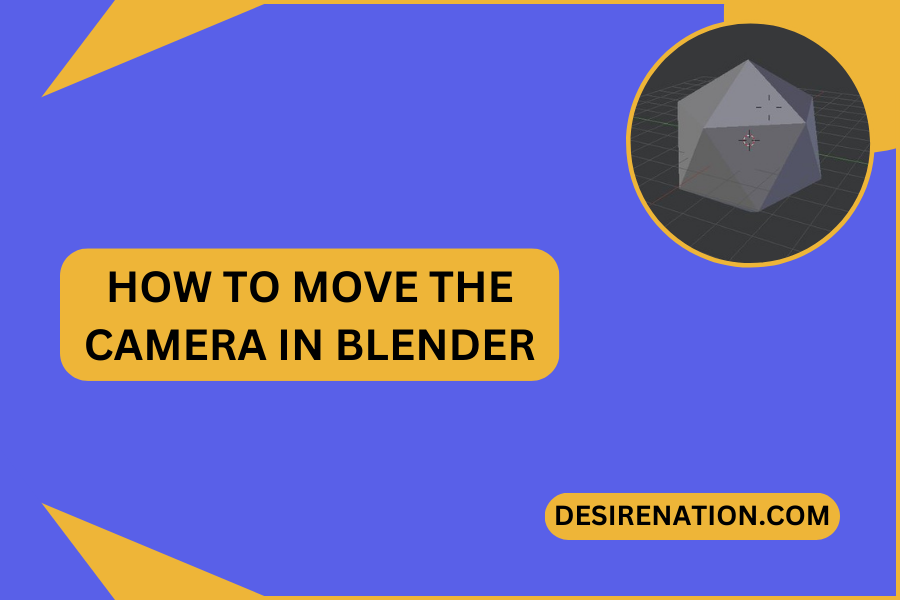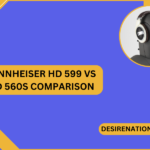Blender, a powerful and versatile 3D modeling software, provides users with the tools to create stunning visuals and animations. If you’re just starting with Blender, understanding how to move the camera is a fundamental skill. In this guide, we’ll explore the essential steps to navigate and control the camera within the Blender environment.
1. Understanding the Blender Interface:
-
Viewport Navigation:
- Familiarize yourself with the Blender interface. The 3D Viewport is where you’ll be manipulating the camera and objects.
2. Selecting the Camera:
-
Locate the Camera:
- In Blender, the camera is represented by a pyramid icon. To select the camera, right-click on it in the 3D Viewport.
3. Switching to Camera View:
-
Numpad 0 or View Menu:
- Switch to the camera view by pressing Numpad 0 on your keyboard. Alternatively, you can access the View menu at the bottom of the 3D Viewport and select “Camera.”
4. Moving the Camera:
-
G Key:
- To move the camera, press the “G” key on your keyboard. This activates the Grab tool. You can now move the camera by dragging the mouse.
-
Middle Mouse Button (MMB):
- Hold down the middle mouse button and drag to pan the camera in any direction.
5. Rotating the Camera:
-
R Key:
- Press the “R” key to activate the Rotate tool. This allows you to rotate the camera. Move the mouse to adjust the rotation.
-
Orbit Around Selection:
- Hold down the “Shift” key and the MMB to orbit around the selected object, which can be the camera itself.
6. Zooming In and Out:
-
Scroll Wheel:
- Use the scroll wheel on your mouse to zoom in and out. Scroll forward to zoom in and backward to zoom out.
-
Numpad +/- Keys:
- Alternatively, you can use the “+” and “-” keys on the Numpad to zoom in and out.
7. Fine-Tuning Camera Movement:
-
Precision Movement:
- For more precise movement, you can press the “G,” “R,” or “S” key and then type a numerical value on your keyboard. This allows for controlled and accurate adjustments.
8. Camera Constraints:
-
Axis Locking:
- While moving or rotating the camera, you can press “X,” “Y,” or “Z” after pressing the respective transformation key (G, R, S) to lock the movement to a specific axis.
9. Saving Camera Positions:
-
Camera Keyframes:
- To animate the camera, you can set keyframes for different positions. This is useful for creating dynamic camera movements in your scenes.
10. Resetting the Camera:
-
Alt + R:
- If you want to reset the camera to its default position, press “Alt + R” to clear its rotation.
-
Alt + G:
- Similarly, pressing “Alt + G” clears the camera’s location.
11. Saving Your Work:
-
File > Save or Save As:
- After adjusting the camera to your liking, make sure to save your work regularly. Use “File > Save” or “File > Save As” to keep your progress.
Conclusion:
Learning how to move the camera in Blender is an essential skill for anyone diving into 3D modeling and animation. With these fundamental controls, you can navigate the virtual space, frame your scenes, and unleash your creativity within the Blender environment. Practice these camera movements regularly, and soon you’ll be confidently crafting captivating visuals in Blender.
You Might Also Like These:
When was the security camera invented
How to Change F-Stop on Nikon Cameras
Connect canon camera to computer












